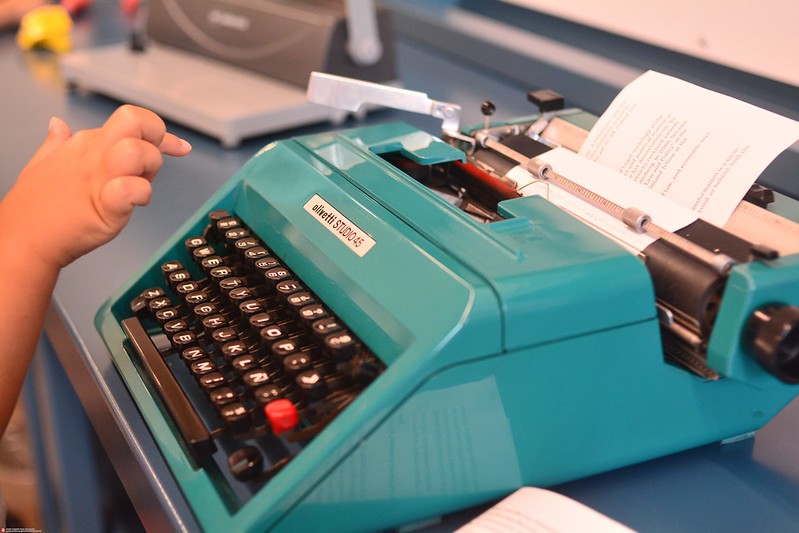
Registering drafts
Copyright laws state that in order for copyrights to be born, the works must be final. This made special sense in the nineteenth and twentieth centuries when in order to register a work it was essential to provide physical copies of them. In such a context it made sense to conclude that a work was a work when it was finished. And in many cases it still is, for example, with many photographs.

However, for many types of works and some forms of creation, it is not so much now, and for example, it is recommended that books be registered as new chapters are completed, or sketches prior to final pictures and drawings.
Although it is debatable that there are rights to those “works” because are incomplete, it is no less true that the chapters, for example, can be considered works of a certain entity by themselves and thus can be interpreted as rights for the creator being born and therefore challenged.
Thanks to a registration system like ours, it is easier than ever to generate technological evidence of the different phases of creation of a work. Creating evidence of drafts, whether or not there are rights by law. At the time of registering the finished work, the records of the previous versions, serve as another way to demonstrate the evolution of a work, and therefore, reinforce the case of any creator before possible violations of their rights or similar situations.
